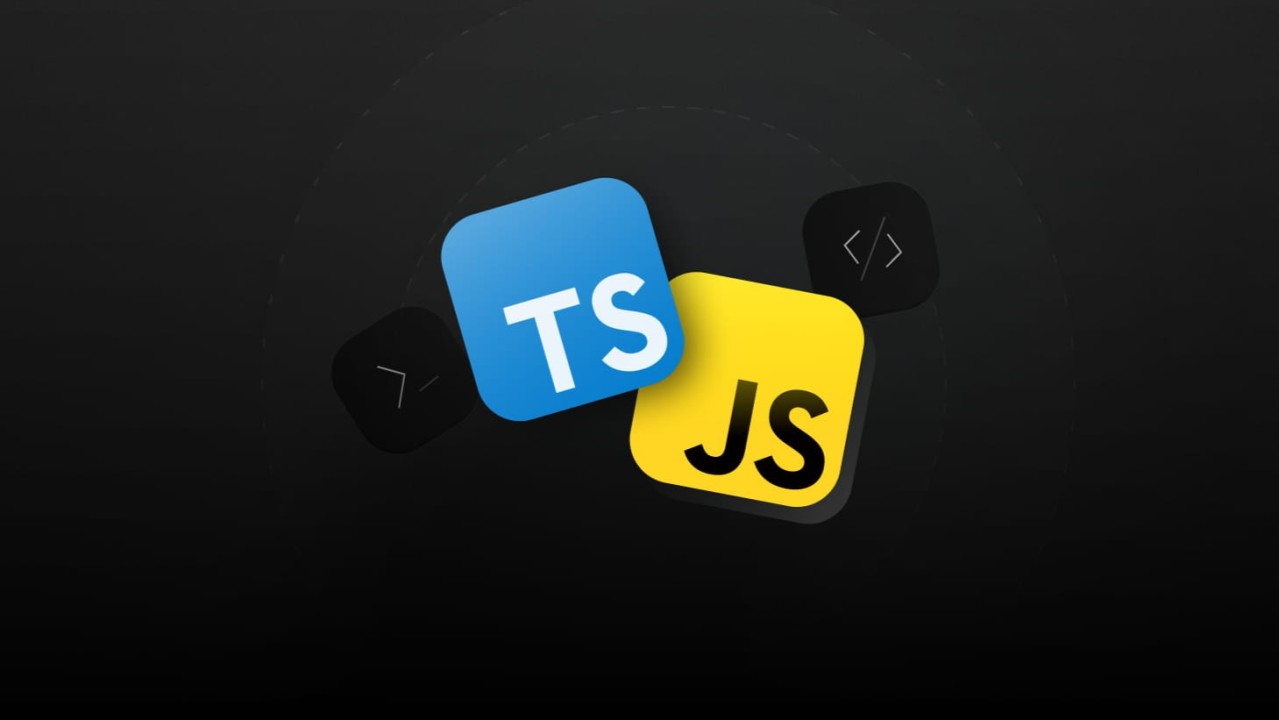In the ever-evolving world of web development, choosing the right language can significantly impact your project's success. JavaScript has long been the cornerstone of client-side scripting, but TypeScript, with its growing popularity, has emerged as a powerful alternative. In this article, we'll delve into the key differences between JavaScript and TypeScript, examining their strengths, use cases, and how they can shape your development journey.
Understanding JavaScript
JavaScript is the most widely used programming language for web development. It's a versatile, high-level language primarily known for its role in enhancing user interactions on web pages. Here are some of its notable features:
- Dynamic Typing: JavaScript is dynamically typed, meaning you don't need to specify variable types. While this offers flexibility, it can also lead to runtime errors that are harder to debug.
- Wide Adoption: As the backbone of the web, JavaScript is supported by all modern browsers and has a vast ecosystem of libraries and frameworks like React, Angular, and Vue.js.
- Interpreted Language: JavaScript is interpreted by the browser, which means there is no need for a separate compilation step. This contributes to its ease of use and quick development cycles.
- Asynchronous Programming: With features like Promises and async/await, JavaScript handles asynchronous operations efficiently, making it suitable for modern web applications that rely on real-time data.
Introducing TypeScript
TypeScript is a superset of JavaScript developed by Microsoft, adding static types to the language. It's designed to address some of the limitations of JavaScript and improve development efficiency. Here are the key aspects of TypeScript:
- Static Typing: TypeScript's static typing allows developers to define variable types explicitly. This can catch type-related errors at compile time, reducing runtime errors and enhancing code quality.
- Enhanced Tooling: TypeScript's strong typing improves IDE support with features like autocompletion, refactoring, and code navigation. This leads to a more productive development experience.
- Backward Compatibility: TypeScript is designed to be fully compatible with existing JavaScript code. You can gradually adopt TypeScript in your projects without needing a complete rewrite.
- Modern Features: TypeScript supports modern JavaScript features and offers additional enhancements like interfaces, generics, and advanced type constructs. This makes it easier to build robust, scalable applications.
JavaScript vs. TypeScript: A Comparative Analysis
1. Error Detection
- JavaScript: Errors are typically discovered during runtime, which can lead to unpredictable issues in production
- .TypeScript: Static typing enables early error detection during development, reducing the likelihood of runtime errors
.
2. Code Readability and Maintenance
- JavaScript: Code readability can be inconsistent, especially in large codebases with complex type interactions
- .TypeScript: The explicit type definitions in TypeScript improve code clarity, making it easier for developers to understand and maintain the code
.
3. Learning Curve
- JavaScript: As a language that's been around for decades, JavaScript is familiar to many developers and has a gentle learning curve for beginners
- .TypeScript: While TypeScript builds on JavaScript, it introduces additional concepts like types and interfaces, which may require a learning curve but pay off in long-term maintainability
.
4. Ecosystem and Integration
- JavaScript: The JavaScript ecosystem is vast, with numerous libraries and frameworks available. However, integrating TypeScript with existing JavaScript libraries is often straightforward due to TypeScript's compatibility
- .TypeScript: TypeScript integrates seamlessly with modern JavaScript frameworks and libraries, often providing type definitions to enhance development
.
5. Performance
- JavaScript: JavaScript's performance is influenced by browser engines and can vary across different environments
- .TypeScript: TypeScript is compiled to JavaScript, so the runtime performance is similar. However, the static typing benefits can lead to more optimized code
.
When to Use JavaScript vs. TypeScript
- JavaScript: Ideal for small to medium-sized projects, rapid prototyping, and scenarios where quick development is prioritized over type safety
- .TypeScript: Best suited for large-scale projects, complex applications, and teams that require strong typing for better maintainability and collaboration
.
Conclusion
Both JavaScript and TypeScript have their unique strengths and are valuable tools in the developer's toolkit. JavaScript remains a cornerstone of web development, while TypeScript offers additional features that can enhance code quality and developer productivity. The choice between the two largely depends on your project's requirements, team expertise, and long-term goals.
By understanding the differences and benefits of JavaScript and TypeScript, you can make informed decisions that align with your development needs and project objectives. Whether you stick with JavaScript or embrace TypeScript, both languages are instrumental in building modern web applications.
